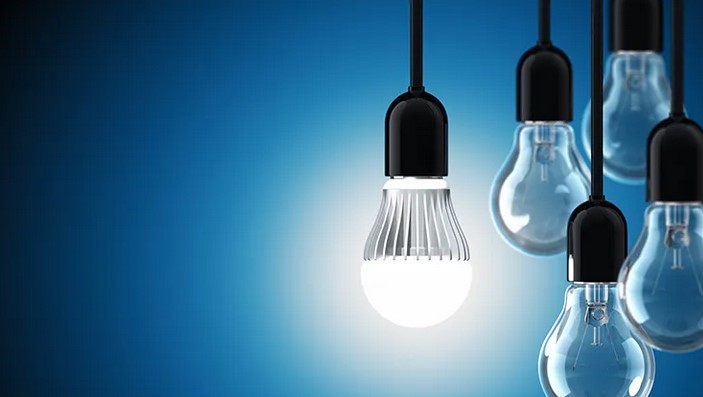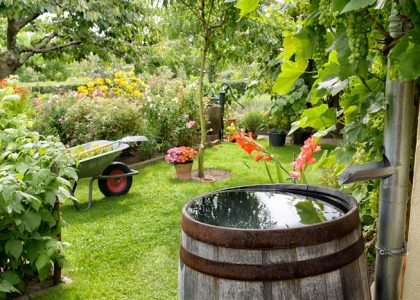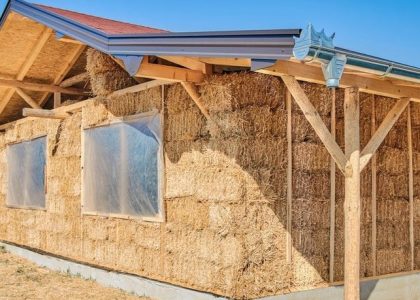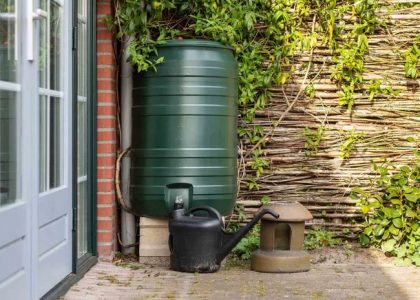
In today’s world, where energy costs continue to rise, finding ways to reduce utility bills without sacrificing comfort is more important than ever. One simple yet effective solution is switching to energy-efficient bulbs. These bulbs are designed to consume less electricity while providing the same, if not better, lighting performance compared to traditional incandescent bulbs. By making the change to energy-efficient bulbs, homeowners can save significantly on their energy bills and also contribute to a more sustainable future. In this article, we’ll explore how energy-efficient bulbs work, the different types available, and how making this switch can help you save money in the long run.
Understanding Energy-Efficient Bulbs
Energy-efficient bulbs are designed to reduce electricity consumption without compromising on the quality or brightness of the light. These bulbs achieve this by using advanced technology that allows them to produce more light per watt of electricity. While traditional incandescent bulbs convert most of the energy they use into heat, energy-efficient bulbs are engineered to minimize heat loss and maximize light output.
There are several types of energy-efficient bulbs on the market, with the most common being Compact Fluorescent Lamps (CFLs), Light Emitting Diodes (LEDs), and Halogen Incandescent bulbs. Let’s take a closer look at each of these options to understand how they work and why they are beneficial for reducing energy consumption.
1. Compact Fluorescent Lamps (CFLs)
CFLs are a popular choice for energy-efficient lighting. These bulbs use a small amount of mercury gas that is excited by electricity to produce ultraviolet light. The UV light is then converted into visible light by a phosphor coating inside the bulb. CFLs use about 75% less energy than traditional incandescent bulbs and last up to 10 times longer. Although they are more energy-efficient, they do contain a small amount of mercury, so proper disposal is required.
CFLs are an excellent option for general lighting in many areas of the home, such as kitchens, living rooms, and hallways. However, they may not be ideal for places where bulbs need to be turned on and off frequently, as this can shorten their lifespan.
2. Light Emitting Diodes (LEDs)
LEDs are by far the most energy-efficient and long-lasting option on the market. LED technology uses a semiconductor to convert electricity directly into light, producing little to no heat. As a result, LED bulbs use up to 80% less energy than incandescent bulbs and can last up to 25 times longer.
LED bulbs are versatile and can be used in nearly every type of light fixture, from ceiling lights and table lamps to outdoor lights and recessed lighting. They also come in a wide range of colors and brightness levels, allowing you to customize the lighting in your home to suit your preferences. While LEDs may come with a higher initial price tag, the long-term savings on energy bills and replacement costs make them a worthwhile investment.
3. Halogen Incandescent Bulbs
Halogen bulbs are a more energy-efficient version of traditional incandescent bulbs. They use a halogen gas to increase the efficiency of the bulb and improve its lifespan. Halogen bulbs provide bright, white light and are often used in task lighting, such as desk lamps or under-cabinet lighting. While they are more energy-efficient than incandescent bulbs, they still consume more electricity than CFLs or LEDs. Halogen bulbs are a good choice for specific applications where you need bright, focused light, but they are not as energy-efficient as LEDs or CFLs.
Why Switch to Energy-Efficient Bulbs?
The primary reason for switching to energy-efficient bulbs is to save money on your utility bills. These bulbs consume significantly less energy, which leads to lower electricity consumption. Over time, the savings can add up to substantial reductions in your monthly energy costs. But the benefits of energy-efficient bulbs don’t stop there. Here are a few more reasons why making the switch is a smart choice:
1. Longer Lifespan
Energy-efficient bulbs, particularly LEDs, have a much longer lifespan than traditional incandescent bulbs. While an incandescent bulb may last about 1,000 hours, LED bulbs can last anywhere from 15,000 to 50,000 hours, depending on the model. This means fewer replacements and less waste, making them a more sustainable option for your home.
2. Reduced Environmental Impact
By using less electricity, energy-efficient bulbs reduce the overall demand for power, which can lower carbon emissions from power plants. This is especially important as the world continues to focus on reducing its carbon footprint and mitigating the effects of climate change. Making the switch to energy-efficient bulbs is one simple step you can take to contribute to a cleaner, more sustainable planet.
3. Improved Lighting Quality
Energy-efficient bulbs, particularly LEDs, often provide better lighting quality compared to traditional incandescent bulbs. They can produce brighter, more consistent light without the harsh glare associated with older bulb types. LEDs also offer a variety of color temperatures, from warm white to cool daylight, allowing you to create the perfect lighting atmosphere in any room. With their long lifespan and consistent performance, these bulbs offer a superior lighting experience overall.
How to Choose the Right Energy-Efficient Bulbs for Your Home
Choosing the right energy-efficient bulbs depends on a variety of factors, including the type of lighting you need, your budget, and the specific room in which the bulb will be used. Here are a few tips to help you make the right decision:
1. Consider the Brightness and Color Temperature
When selecting energy-efficient bulbs, make sure to choose a bulb that provides the appropriate level of brightness for your needs. In the past, incandescent bulbs were rated in watts, but with energy-efficient bulbs, it’s better to look at lumens to determine brightness. A 60-watt incandescent bulb, for example, produces around 800 lumens, while a 10-watt LED bulb can produce the same amount of light.
Additionally, consider the color temperature of the bulb. If you want a warm, cozy atmosphere, look for bulbs labeled “warm white” or “soft white.” For bright, daylight-like illumination, choose bulbs with a “cool white” or “daylight” rating.
2. Check for Energy Star Certification
When purchasing energy-efficient bulbs, look for the Energy Star certification label. This certification ensures that the bulb meets strict energy efficiency guidelines set by the U.S. Environmental Protection Agency. Energy Star-certified bulbs provide significant energy savings without sacrificing performance, so they are a reliable choice for any home.
3. Evaluate the Initial Cost vs. Long-Term Savings
While energy-efficient bulbs like LEDs tend to have a higher upfront cost than traditional incandescent bulbs, their long lifespan and energy savings make them a more cost-effective choice in the long run. Consider the total cost of ownership over the lifespan of the bulb, factoring in energy savings and fewer replacements, to determine the best value for your home.
Switching to energy-efficient bulbs is one of the simplest and most effective ways to reduce your utility bills while improving your home’s lighting. By consuming less electricity, these bulbs help lower your energy costs and reduce your environmental footprint. Whether you choose LEDs, CFLs, or halogen bulbs, the energy-efficient options available today offer a wide range of benefits, including long lifespan, improved lighting quality, and a reduced impact on the environment. By making the change to energy-efficient bulbs, you’ll be taking a significant step toward both saving money and supporting a more sustainable future.




